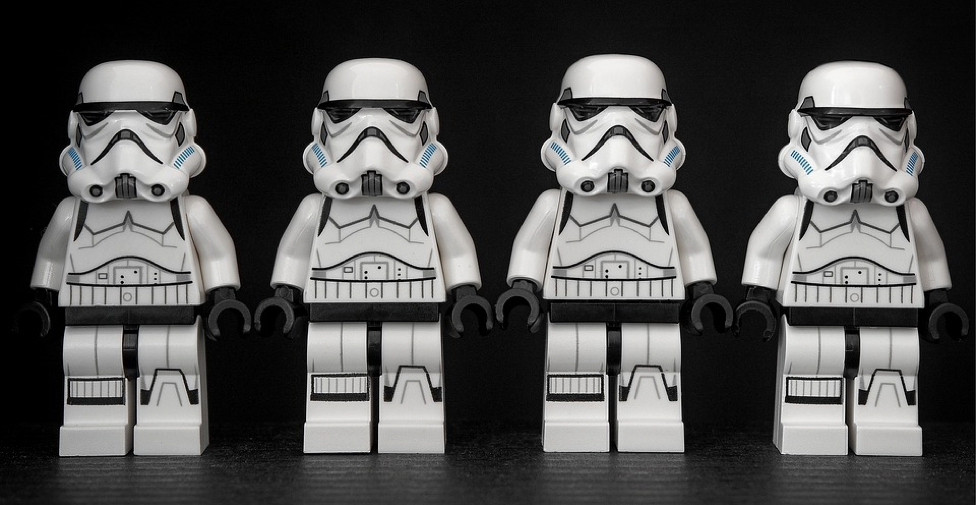The brand is a huge part of any business that wants to truly grow successful. But a brand isn’t just a message and a style you adopt for one marketing campaign. It’s something you should be holding up for a long time. The brand is how you influence the way people see your business. If you keep changing it, people won’t know what to think about the business and you’ll lose control over your own communication. So, let’s look at how to maintain that vital consistency in your brand.

Be true
Simply put, brand consistency begins in putting your money where your mouth is. A lot of people think only of what the market wants from the business when defining the central talking points of the business. But you have to look deeper. Don’t invent core values for your business. Discover the values you and your team truly have. You can change the corporate culture to better reflect values you want to assume, but you can’t lie. If you communicate the essential nature of great customer service, make sure you’re genuinely putting effort into customer service. If your brand says you support greener business, then make case studies of how your own business has become more environmentally friendly over time. If you don’t be true to your brand or make your brand true to your own values, the image of the business is going to blow over easily under close scrutiny.
If the shoe fits
There are different ingredients that create a brand, including a visual style, a logo, and a copywriting voice. Don’t let these elements be created in isolation of each other. Ensure they’re created in concert, that they reflect the same core message and general vibe of one another. The same goes for your name. Creative business names are one of the most important parts of making sure your brand is memorable. But it has to fit both the rest of the brand and the ways you can spread that brand. If you come up with a name only to find that the web domain for the name and all the possible social media accounts with that name are taken, it will be a lot harder to market it effectively.
Your brand for dummies
You might in charge of the brand creation process from start to finish, but how about the way it’s implemented? As the business grows, you won’t have time to create every piece of copy and stand over the shoulder as every web page is created. You will have internal marketing teams and perhaps outsourced teams as well. To make sure that your brand doesn’t lose consistency no matter who is creating content for it, you should consider creating a brand guidebook. This can contain easy-to-read information on how to approach the visual aspect, what kind of voice to adopt, what key phrases to use, and what to avoid. Anyone who handles any public side of the business should have one of these to refer to time and time again.
People matter more than copy
Your brand is influenced just as much by how people interface with people in the business as by how they read your copy and see your brand imagery. Your employees are going to color your brand perception, so make sure you treat them well. For instance, if customer service is a priority, then employee happiness should be a priority, too. No matter how much you drill it into their head, an unhappy, uncared-for employee isn’t going to be the brand champion you need them to be.
Double-check it all
Regardless of how happy an employee is or how often they consult the brand guidebook, people will slip up. It’s human nature. You can’t double-check everything yourself so make sure that your team leaders are as invested and informed on your brand as you are. Use collaboration tools that allow your marketing team to quickly share any copy, leaflets, or web designs across that team so that expressions of the brand can be checked, approved, or amended with little lost time. Those same tools can be used to keep brand materials like logos, images, and the like accessible to all who need them at all times.
Brands can evolve over time, and a failed brand might find sense in re-launching and re-inventing itself. However, if you have something that works, keep hold of it and, even when it’s time to evolve, make sure that you’re bringing over some of the traditional values and mores of the past brand to maintain that consistency and reliability.

